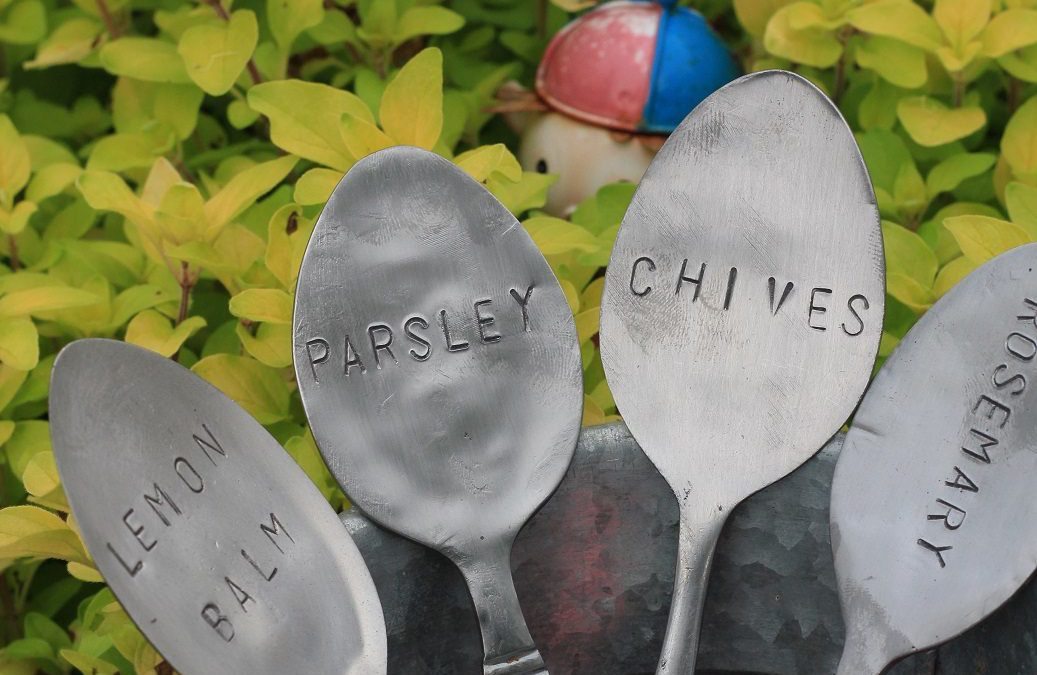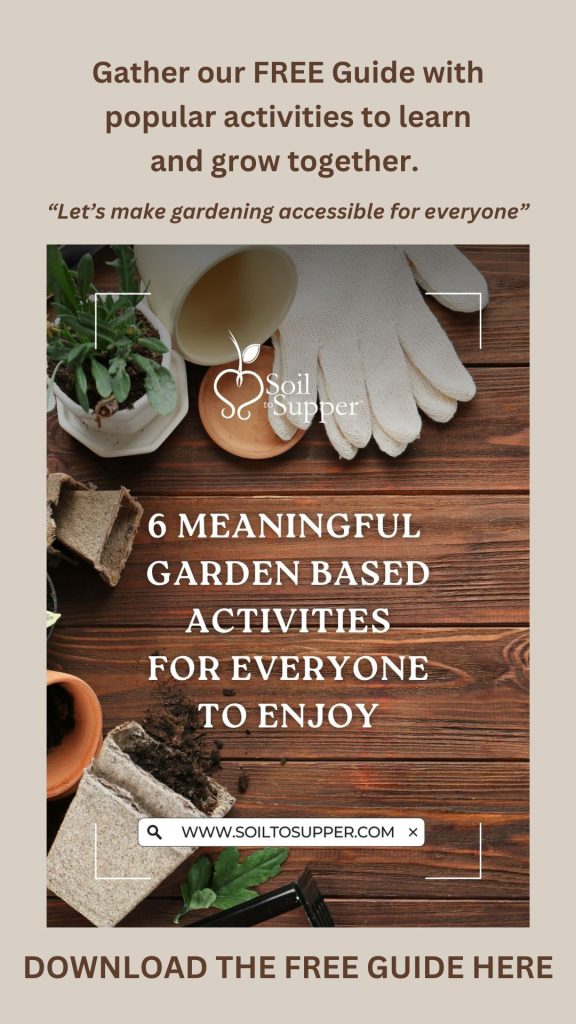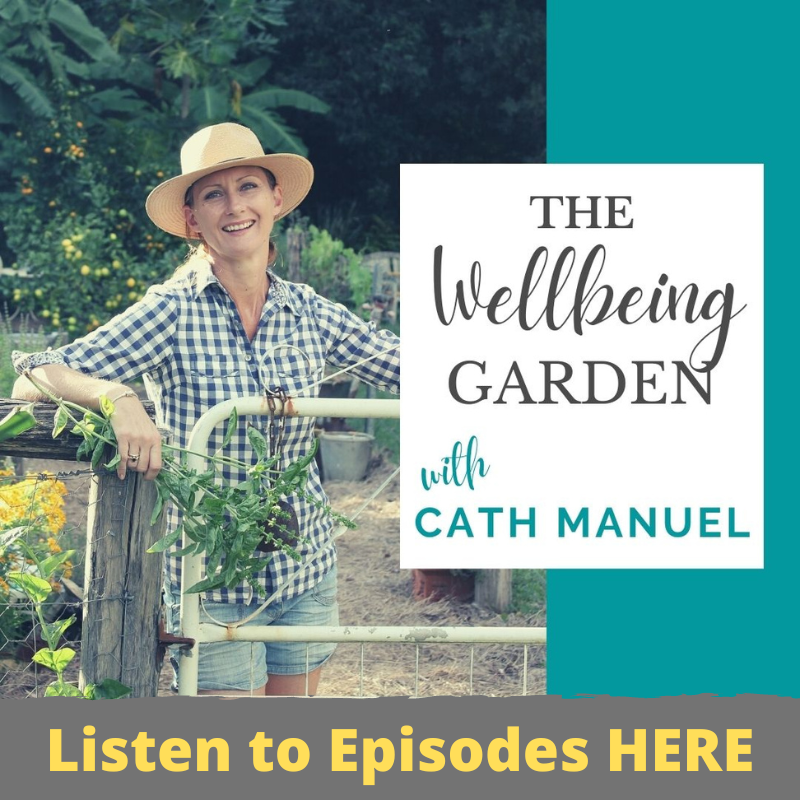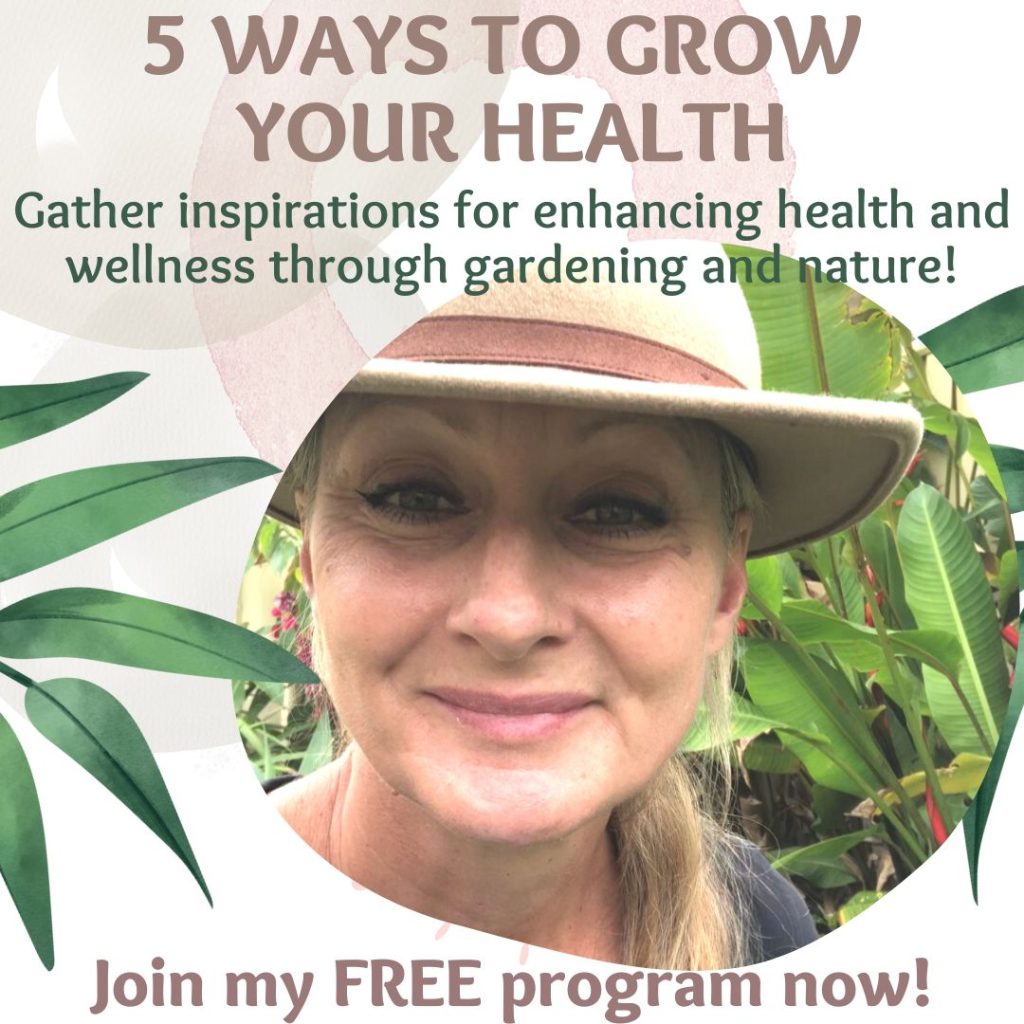Herbs were originally known as herbaceous plants (soft fleshy stems and foliage) and used by Herbalists or anyone wanting to improve their health.
Today many plants are considered herbs or healing plants and are used in many ways, including;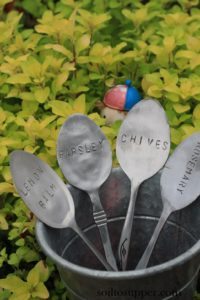
- Edible and Culinary foods
- Medicinal Health
- Ornamental features
- Companion plants
- Support plants
- Dyes for natural materials
- As Natural fibres
Common herbs grown;
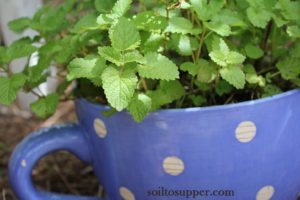
Basil, Marjoram, Oregano, Lavender, Thyme, Ginger, Fennel, Dill, Parsley, Coriander, Chives, Rosemary, Tarragon, Mint varieties and Lemon Balm.
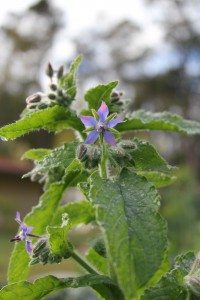 Others include;
Others include;
Borage, Comfrey, Turmeric, Lemongrass, Pineapple sage, Herb Robert, Gotu kola and so many more.
Even though not a herbaceous plant, I like to use lemon scented myrtle (Backhousia citriodora) for edible, medicinal and ornamental purposes, so I consider this a very useful plant to grow !!
Grow Your Own Herbs.
The methods used to grow herbs, and other plants, include seed sowing and vegetative propagating.
For more information on sowing seeds successfully read my article here - Simple Steps to Sowing Seeds
Growing new plants from cuttings, or small pieces of plants, is quite easy once you know all the simple steps.
Here’s the easy steps to growing more plants…
- Take cuttings from healthy plants, early in the morning or late afternoon
- Have all equipment ready to go – pots, propagating mix, sharp secateurs, small plastic cups half filled with diluted liquid fertiliser, hand sprayer filled with diluted liquid fertiliser, plastic tray lined with newspaper, plant labels and marker pen
- Cut pieces of plant into small short stems, trim large leaves in half (to reduce moisture loss through leaves) and remove any flowers, buds and old leaves
- Place cuttings into cups until ready to pot
- Once all pieces are ready, fill pots with suitable mixture
- Dip each cutting in honey before potting to encourage root growth and reduce bacterial growth, as honey has anti-bacterial properties.
- Using a stick, make long hole into potting mixture and place stems of plants into mixture in pots, covering lower leaf nodes if possible
- Spray with water sprayer and place in tray
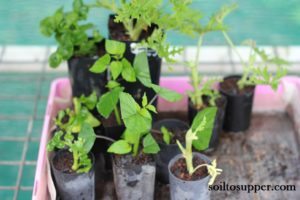 Once all pieces are potted place the tray in a shadehouse or under the shade of a tree or shrubs.
Once all pieces are potted place the tray in a shadehouse or under the shade of a tree or shrubs.
The best position is for morning sun, up to about midday, then shade from hot afternoon sun.
Spray twice a day to keep moist, until small white roots appear from drainage holes.
If plants are rotting or dying, cut back on watering if they’re too wet.
The new plants are ready for the garden when they have developed a strong root system.
Gently ease plant from pot and check on the roots before planting.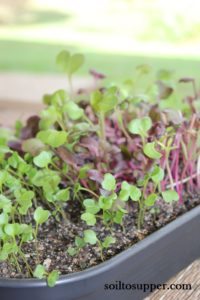
MicroGreens – Itty Bitty Little Leaves !!
A fun way to grow delicious herbs and edible plants is with MicroGreens.
The great benefits of growing and using MicroGreens are:
- Quick
- Easy
- Tasty
- Healthy
- Organic
The method for growing MicroGreens is the same as sowing seeds, just using a larger/wider container and sowing many little seeds which will sprout ready for eating.
Some delicious ideas to grow include parsley, coriander, radish, kale, any greens really, sunflowers, snow peas, chives, wheatgrass, carrots and any other edible plants.
TIP - Always check the foliage is edible before sowing and eating and use organic heirloom seeds if possible.
MicroGreens are a fabulous garnish for any meal !! For more tips on growing, read my article here –Microgreens…Growing Itty Bitty Little Greens!
Creative Containers
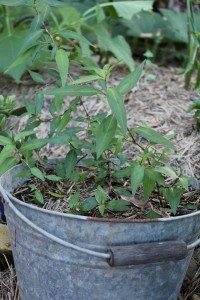 Think outside the square when considering containers to grow herbs and other plants in.
Think outside the square when considering containers to grow herbs and other plants in.
I love to use old recycled items and up-cycle many old things, like bathtubs, old wheel barrows and even my boys old workboots !!
The benefits to growing in containers are;
- Great for small spaces
- Easy to move
- Quick access for picking
- Some Herbs grow best in containers
- Moisture retention
TIP - choose containers that have drainage holes in the base, or drill holes in the container. This allows water to drain out of soil to ensure plants don’t become over-wet and soggy!
Herbs Spirals are a beautiful way to showcase a range of herbs. They are easy to construct and suit any garden.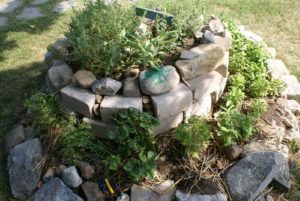
Here’s a great example of a herb spiral…
Cooking with Herbs
The many ways herbs can be used are;
- Raw
- Garnishing
- Juicing
- Marinades
- Sauces and relish
- In all meals
- Great for kids
- Great smells and flavours
Herbs for Health
Used for centuries Herbs have been the basis for medicines throughout the world.
Pharmaceuticals began with plants and some are still used.
TIP - Gather plenty of information before using plants as medicine and for wellbeing.
Uses –
- Brew in tea
- Poultice
- In other applications, eg honey
- Creams and skincare
- In oil base
- In baths
- Aromatherapy
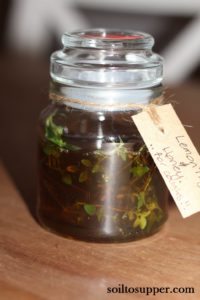
Here’s my home-made cough medicine made with Lemon Thyme and Honey.
Looking for guidance in your garden or to help others?
Here’s three ways I can support you now!
- In my FREE Program I share 5 simple ways to enhance your health and enjoy time in the garden. Boost physical and emotional wellness, learn ways to keep gardening, grow therapeutic plants and delicious healthy food. JOIN HERE
- Ask a Question in our Free Facebook Club.
It’s also a great place to connect with other gardeners and share your gardening wins.
- Join the Gardening Community. This is the one location online to help you with success in the garden! From gardening guides, masterclasses, courses, videos, other resources and our member forum, you’ll connect, learn & grow with confidence. Plus access one-on-one support from me.
Find out more here…www.soiltosupper.com/community/
Helping you learn, grow and thrive.
Cath x
© cath manuel 3 december 2013

